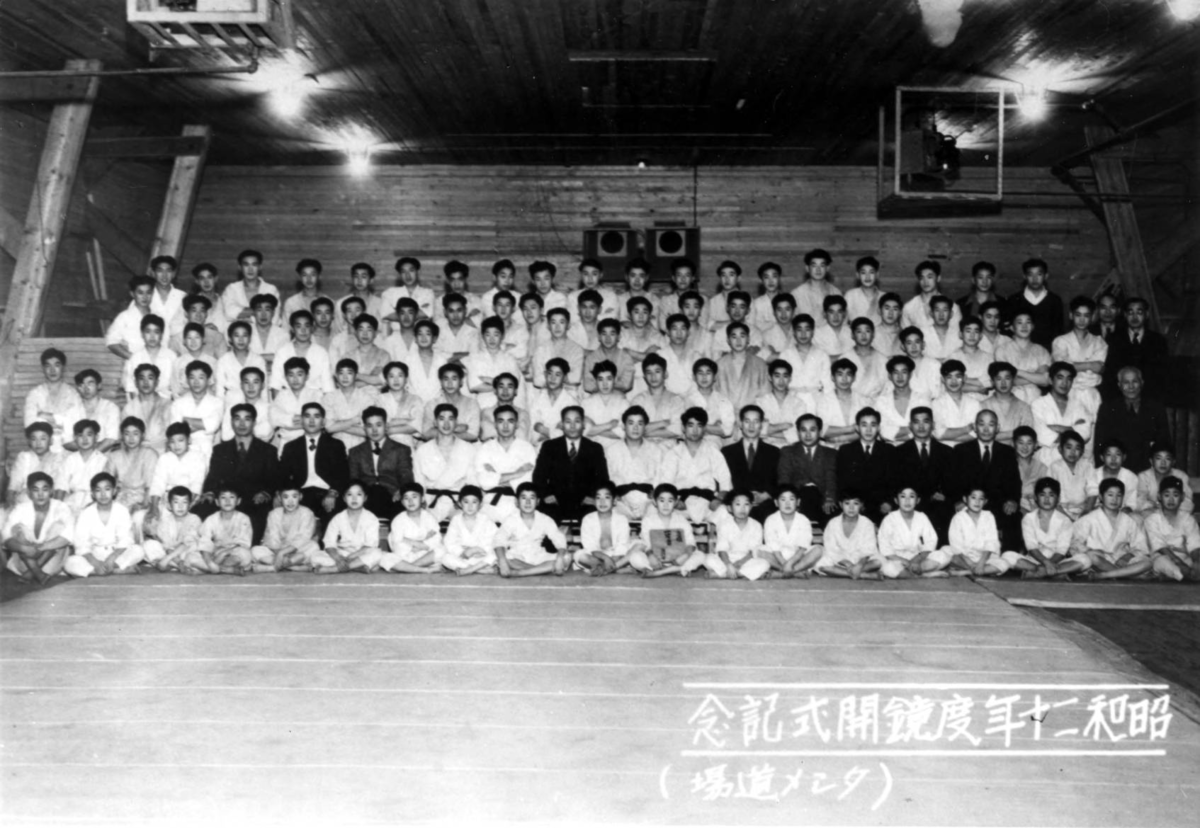OPINION
Modernizing NORAD is key to supporting economic reconciliation in the North
CLINT DAVIS
CONTRIBUTED TO THE GLOBE AND MAIL
PUBLISHED JUNE 21, 2022UPDATED JUNE 23, 2022
Clint Davis is the president and CEO of Nunasi Corporation.
In the wake of Russia’s invasion of Ukraine, the Arctic is receiving attention in a manner not seen since the end of the Cold War. Concurrently, there is a renewed focus on the North’s role in Canada’s defence strategy.
This week, Defence Minister Anita Anand announced Canada will spend
$4.9-billion on updating its continental defences in the North, including the North American Aerospace Defense Command (NORAD) and the North Warning System (NWS), an operational defence system designed to promote North American air sovereignty and security in the Arctic. While this funding commitment is welcomed, the details around the plans for such an investment, and how it will involve Northern Canadian stakeholders, are unclear.
With
53 per cent of the global Arctic coastline, Russian ownership in the North is significant. Northern Russia is bristling with infrastructure, including ports, roads and telecommunications that help the country project its sovereignty and facilitate its economic development. This is in stark contrast to Canada’s own Arctic regions, particularly Inuit Nunangat (the Inuit homeland). In both military and civilian spheres, Inuit Nunangat faces a significant infrastructure deficit that possibly leaves Canadians vulnerable while also failing to maximize the economic potential of the North.
Russia’s current aggression in Europe should serve as a catalyst for Canada to commit itself to a long-needed program of Arctic investment that enhances the country’s security while simultaneously advancing reconciliation with the Arctic’s Indigenous people.
There are models for how this can work. Earlier this year, Nasittuq Corporation, an Inuit majority-owned company, secured a Government of Canada contract to operate and maintain the NWS, a chain of radar sites and support facilities that detects potential threats entering North American air space and allows for an early response. Nasittuq is a unique company with three shareholders: Pan Arctic Inuit Logistics Corporation (PAIL), Nunasi Corporation and ATCO Frontec Ltd. PAIL is equally owned by all six Inuit development corporations in Canada, stretching from the Inuvialuit Settlement Region in the Northwest Territories, across Nunavut, Nunavik in northern Quebec and Nunatsiavut in Labrador. Nunasi Corporation is headquartered in Iqaluit and is the oldest Inuit development corporation in the country. ATCO Frontec is a subsidiary of ATCO Ltd. with an extensive history of working in the North and partnering with Inuit.
The NWS contract has the potential to make a significantly positive impact on Inuit in the areas of employment, training and development, procurement, and equitable distribution of financial benefits. The value of the project will be generated by Inuit and the benefits will be retained by Inuit by enabling all Inuit development corporations to grow their operations, diversify their holdings and continue to provide financial support for community well-being. This is economic reconciliation in action.
However, the technology currently employed by the NWS is rapidly becoming obsolete and is currently viewed as incapable of defending against the modern military technology possessed by other countries. Ms. Anand has now committed the
funding required to modernize NORAD, including replacing the NWS with an upgraded system, but there was no mention of how Inuit will be involved. Since Canada’s future plans for continental defence operations in the Arctic will almost certainly require a physical presence in Inuit Nunangat, the planning process must include Inuit. To quote Inuit business leader
Harry Flaherty, “We are the eyes and ears of the military” in Canada’s North.
First and foremost, the very presence of Inuit communities throughout the vast regions of the North substantiates Canada’s claims of sovereignty in the Arctic. Second, Inuit businesses and development corporations have grown in financial capacity and business acumen over the last 10 years, and have become economic powerhouses in the region. We are good business partners and our expertise should be drawn upon during the next stage of planning for continental defence.
When it comes to modernizing NORAD in the Arctic, two Canadian priorities – reconciliation and continental defence – can be advanced simultaneously. Inuit development corporations are ready to work with the Department of National Defence and the federal government to develop plans that will meet national security needs, while honouring Canada’s obligations under Inuit Land Claims Agreements that support the way of life in our communities.
Inuit, and indeed all Canadians, want and expect a strong, modern system of continental defence. As this investment is carried out, we must ensure Inuit have a seat at the table now and into the future.





